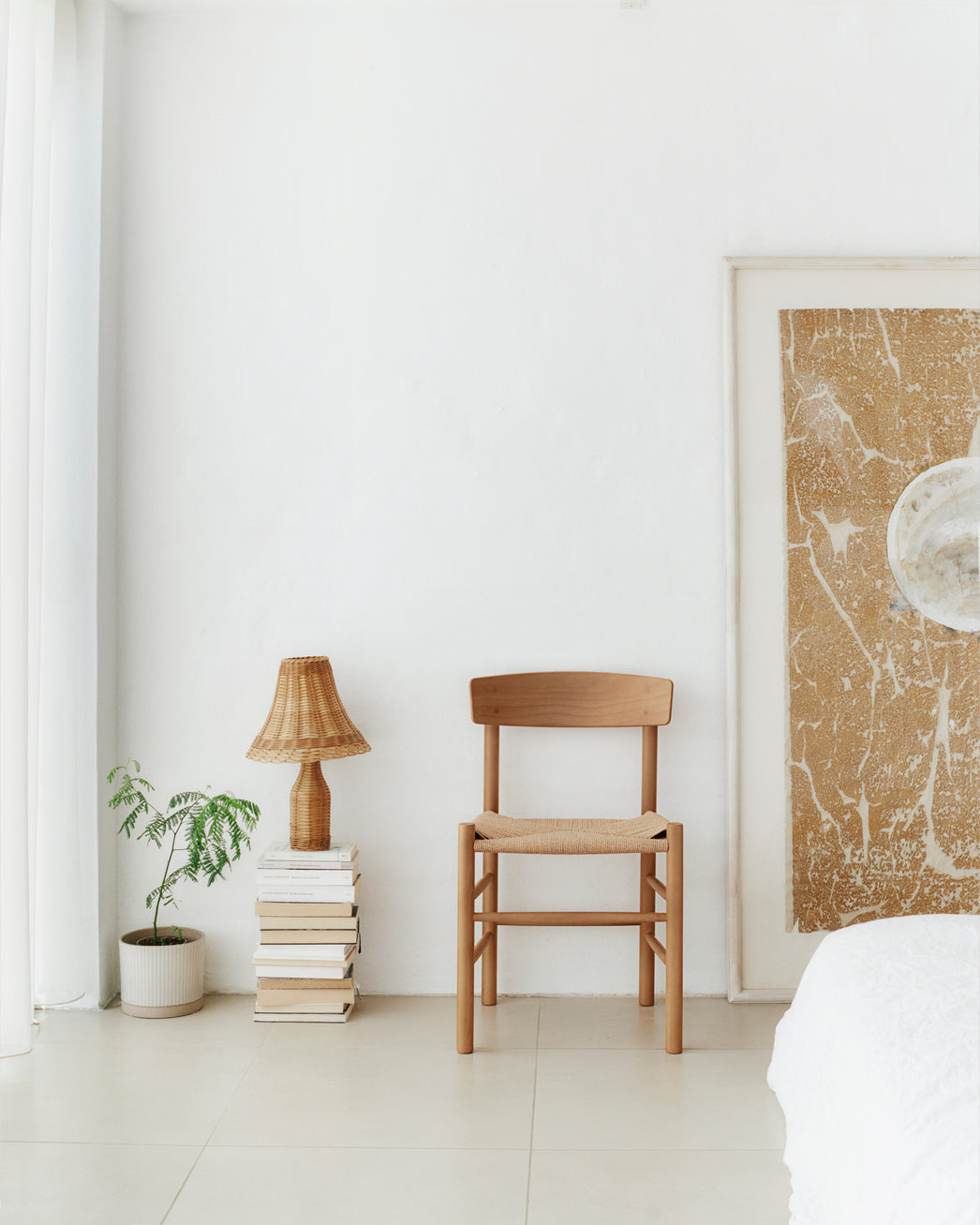Trinidad Chair - Seat Upholstered
Trinidad Chair - Seat Upholstered
Material*
Select OptionSelect Material
Back*
Select OptionSelect Back
Frame
ChromeSelect Frame
Leadtime:
Designer Nanna Ditzel
When designing the Trinidad Chair in 1993, Nanna Ditzel found inspiration in the elaborate fretwork from the Gingerbread Facades that she had seen in colonial architecture while traveling through Trinidad. Much like the facades, the cut-out fretwork of the chair triggers an interplay of light and shadows, creating a pattern projected into space and a subtle sense of motion.
19.09" W x 22.44" D x 33.46" H
Seat: 18.31" H
COM: 1 yd
COL: 1 yd²
Side chair with upholstered seat.
Frame of steel tube, back of moulded plywood with
CNC-milled cut-outs.
Non-removable seat pad upholstered in CMHR or HR foam,
covered in fabric or leather.
Seat and back mounted with rivets.
Mounted with
interchangeable plastic glides.
EN 15372:2007 (L3)
When designing the Trinidad Chair in 1993, Nanna Ditzel found inspiration in the elaborate fretwork from the Gingerbread Facades that she had seen in the colonial architecture while traveling through Trinidad. Much like the facades, the cut-out fretwork of the chair triggers an interplay of light and shadows, creating a pattern projected into space and a subtle sense of motion.
With the Trinidad Chair, instead of eliminating any ornamentation, which was part of the Modernist mantra, Ditzel did the opposite. She kept the ornamentation as the focal point in a distinctive chair that challenged the prevailing design dogma at the time.
The cut-outs featured in the curved shell not only function as a decorative element, they also dramatically lighten the visual density of the chair. A process involving the most advanced CNC technology at the time and techniques normally impossible in plywood shell furniture. In fact, when the chair was first introduced, it was heralded as a breakthrough in design technology.
Fredericia Furniture warranties that purchased product(s) will be free from manufacturer’s defects in material and workmanship for a period of 7 years.










-(1).jpg?v=1703259659463)